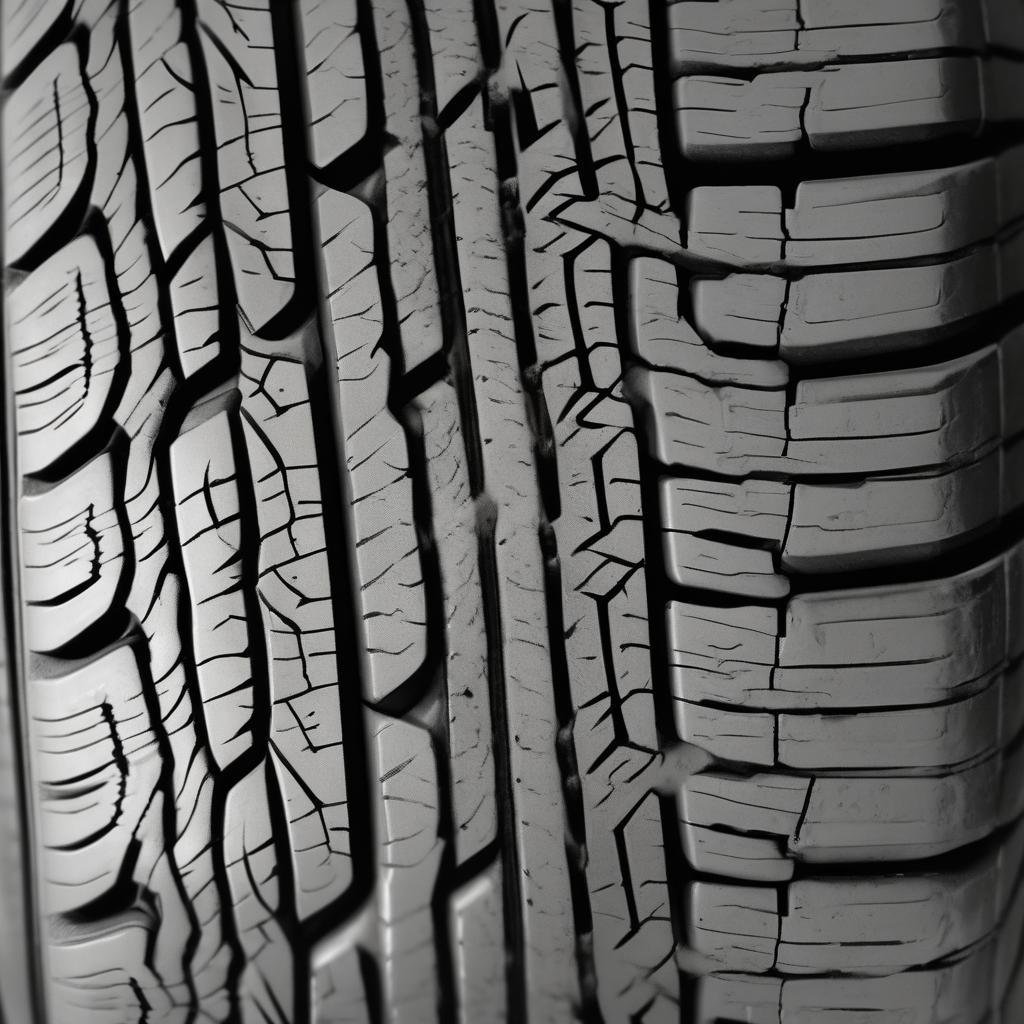
How to Extend Tire Life
“`html
How to Extend Tire Life: Best Practices for Longevity and Even Wear
Introduction
Tires are one of the most critical components of your vehicle, affecting safety, fuel efficiency, and overall performance. However, they are also one of the most frequently neglected parts of car maintenance. Proper care can significantly extend tire life, saving you money and ensuring a smoother, safer ride. In this guide, we’ll explore the best practices for maximizing tire longevity and preventing uneven wear.
Main Content: Best Practices for Extending Tire Life
1. Maintain Proper Tire Pressure
One of the simplest yet most effective ways to extend tire life is by keeping them properly inflated. Underinflated tires increase rolling resistance, leading to overheating and faster tread wear. Overinflated tires, on the other hand, reduce traction and cause uneven wear in the center of the tread. Check your tire pressure at least once a month and before long trips. For guidance, refer to our detailed guide on how to check tire pressure.
2. Rotate Tires Regularly
Tire rotation ensures even wear across all four tires, as front and rear tires wear differently due to weight distribution and steering forces. Most manufacturers recommend rotating tires every 5,000 to 8,000 miles. There are several tire rotation patterns depending on your vehicle type (front-wheel drive, rear-wheel drive, or all-wheel drive). Following the correct pattern helps maximize tread life.
3. Monitor Tread Depth and Replace Worn Tires
Tread depth directly impacts traction, especially in wet or snowy conditions. Once tread depth falls below 2/32 of an inch, tires are legally worn out and unsafe. Use a tread depth gauge or the penny test to check wear. If you notice uneven wear, it may indicate alignment or suspension issues. Learn more about when to replace tires to stay ahead of potential problems.
4. Ensure Proper Wheel Alignment and Balancing
Misaligned wheels cause uneven tire wear, often visible as feathering or cupping. Similarly, unbalanced tires lead to vibrations and premature wear. Have your alignment checked annually or if you notice pulling to one side. Balancing should be done whenever new tires are installed or if you experience steering wheel vibrations at high speeds. For a deeper dive, check out our comparison of tire alignment vs. balancing.
5. Drive Responsibly
Aggressive driving habits—such as hard braking, rapid acceleration, and taking corners at high speeds—put extra stress on tires, accelerating wear. Smooth, controlled driving not only extends tire life but also improves fuel efficiency. Avoid potholes and road debris whenever possible, as impacts can damage sidewalls and lead to bulges or leaks.
Conclusion
Extending tire life isn’t complicated, but it does require consistent attention. By maintaining proper inflation, rotating tires regularly, monitoring tread wear, ensuring alignment and balance, and driving responsibly, you can significantly prolong the lifespan of your tires. These practices not only save money but also enhance safety and performance. Make tire care a part of your regular vehicle maintenance routine for the best results.
FAQ
How often should I check my tire pressure?
At least once a month and before long trips. Temperature changes can affect pressure, so seasonal checks are also wise.
What’s the best way to store seasonal tires?
Keep them in a cool, dry place away from sunlight. Stack them horizontally or hang them to avoid deformation.
Can I repair a small puncture myself?
Minor punctures in the tread can often be repaired with a plug kit, but sidewall damage usually requires replacement. For more details, see our guide on how to fix a tire leak.
“`
